Do you every wonder exactly what is happening in the body whenever we experience the “high’s” we feel after a great run or workout? Or the “high” from an incredible personal bonding experience with another human. Or even the “high” that comes from either caffeine, food nutrients, or alcohol when it enters the body. That is because the body has 4 very interesting feel-good chemicals, and they are serotonin, oxytocin, dopamine, and endorphins. It is fascinating to think that our emotions and moods are influenced by chemical regulators such as these. For someone to improve their mental health and experience better moods, it is possible to raise the levels of these hormones but that is done most safely through natural lifestyle changes and choices. We will discuss these 4 hormones, what they do, and how we can increase their production in our brain. In today’s world where pressures and distractions are everywhere, it certainly helps to have an awareness of how relief, hope, and optimism look biochemically.
The first hormone is serotonin, which serves as a mood booster. It is produced in the brain, and it is released whenever exercise is performed, or other types of physical activity happens. Though it can be provided as a medication, it can also be released naturally from exercise. Serotonin functions very similar to an anti-depressant and it is released when the body exerts itself. That exertion then releases an amino acid called tryptophan which then produces serotonin. When serotonin is released, the person’s mood can greatly improve especially as the heart and muscles are stimulated from physical activity. The “runners high” or the generally good feelings and invigoration we have after a good workout is the effect of the serotonin working through the brain and blood. Another way to stimulate and increase serotonin production is exposure to sunlight which indicates a biological association to nature and the outdoors since several types of physical activity to different degrees are performed outside. The second hormone that is similar to serotonin are Endorphins which are also known as natural painkillers. Relief activities such as sexual intercourse, laughter, deep meditation, and even eating a delicious meal with company are the type of activities that release endorphins in the brain that ultimately relieve tension, anxiety, and stress as they are replaced by feelings of relief and relaxation. Endorphins are released by the Hypothalamus and the Pituitary gland in response to pain and stress, and their actions are mimicked by painkillers such as morphine and opioids. Another interesting effect is the pain relief that comes from exercise when Endorphins are released which can seem paradoxical. When the initial stress of exercise is imposed on the body, once the person pushes through that initial stress of exertion, it is then that the feelings of accomplishment, reward, and the mind over matter essence takes over.
The third pleasure hormone is Dopamine which functions primarily as a reward agent in the person’s brain. Dopamine is produced by Neurons in the brain by an amino acid called tyrosine, which then at a later stage produces enzymes that produce Dopamine. This hormone is different from Endorphins in that it is usually activated quicky and without exertion of activity creating a sense of immediate, but unearned reward. Dopamine is usually released from activities that brings intense pure pleasure like sex, food, or even shopping. The danger of dopamine as a high pleasure hormone is its propensity to be addictive which can lead to issues like un-restrained and risky sexual behavior or excess consumer purchasing, especially when it is not done in the best practical judgement. The final pleasure hormone is Oxytocin which is known as the love hormone as it is associated with strong feelings of romance, fondness, and sexual attraction. Similar to Endorphins, Oxytocin is also produced in the hypothalamus and pituitary gland and is excreted in the form of fluids when a person is excited about their sexual partner or when a mother is preparing for childbirth. This hormone is associated through these biological manifestations of love, childbirth, and even breastfeeding as a bonding act between a mother and child. Oxytocin can also be activated by intense sensory stimulation like powerful music or when verbal expressions of great affection or affirmation are communicated.
Modern science and neurology have come a long way in understanding the biochemical effects of several hormones and the associations between these chemicals. It is important to also note that some of the manifestations and indicators of these hormones could be subject to cultural and societal context as well. At any rate, the reality of human behavior and actions being motivated by the presence of, or deficiencies of some of these chemicals are a fascinating area of study and research.


